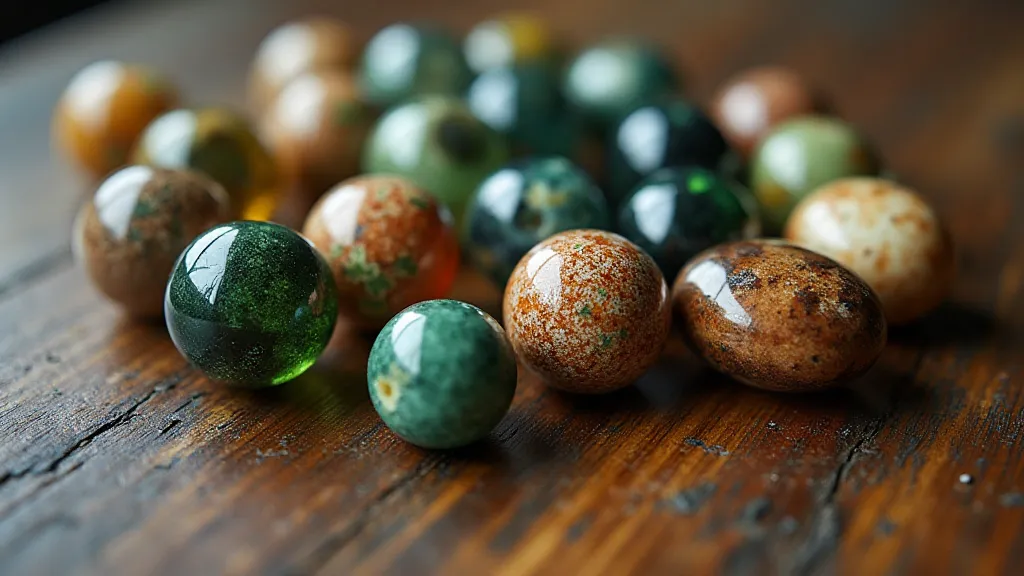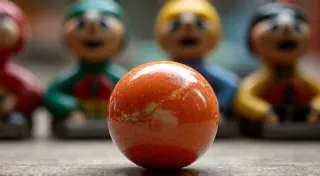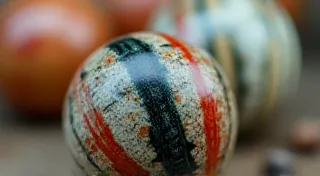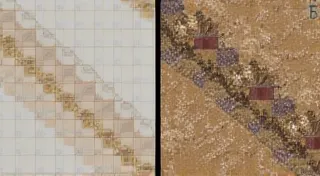Beyond Glass: Stone and Clay Marbles in the Vintage Collection
Most people think of glass when they envision vintage marbles. The shimmering swirls of cat's eyes, the vibrant colors of sulphide marbles, the intricate scenes trapped within – these are the treasures that often dominate the vintage marble collecting world. However, a fascinating and often overlooked aspect of antique toy collecting lies in the realm of non-glass marbles: specifically, those crafted from stone and clay. These less common marbles offer a unique perspective on the history of childhood games and manufacturing techniques, adding another layer of depth to any marble collection.
The Allure of Stone Marbles
Before the widespread availability of affordable glass, stone provided a readily available material for creating playthings. While relatively rare today, stone marbles offer collectors a glimpse into early forms of marble making and pre-industrial toy production. The types of stone used varied depending on geographic location and available resources.
Types of Stone and Their Characteristics:
- Alabaster: These marbles, prized for their smooth texture and often translucent quality, are relatively fragile. They're typically found in lighter colors – creamy whites and soft yellows. Due to their fragility, finding well-preserved alabaster marbles is a significant find for collectors.
- Soapstone (Steatite): Soapstone marbles often display a darker, greyish-green hue. They’s known for its softness, allowing for easy carving, but it also makes them prone to chipping and wear.
- Slate: Slate marbles offer a harder surface. Due to being much more common they are more readily available to find.
- Limestone: These marbles, frequently found in chalky white or grey tones, are quite common.
Challenges of Collecting Stone Marbles:
- Rarity: Stone marbles are significantly rarer than glass marbles. Their production predates mass manufacturing, and many were simply lost or broken over time.
- Fragility: As mentioned, stone is inherently more brittle than glass. Finding examples that haven’t succumbed to cracks or chips is a challenge.
- Identification: Distinguishing between different types of stone can be difficult, even for experienced collectors. A magnifying glass and some geological knowledge are helpful.
The value of stone marbles is often tied to their rarity, the type of stone used, and their condition. A well-preserved alabaster marble from the early 19th century can command a high price, while a common limestone marble might be more accessible to newer collectors.
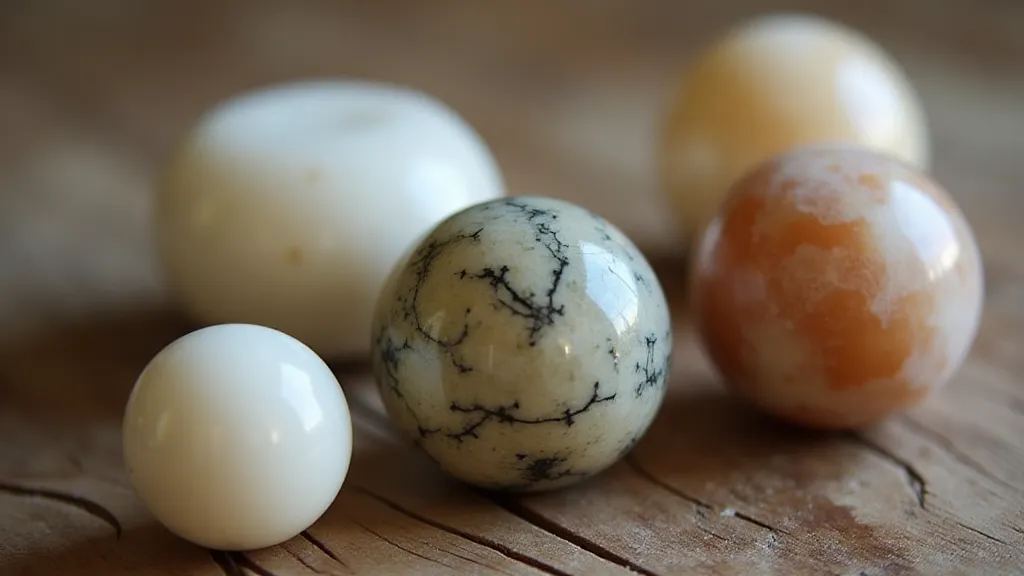
Clay Marbles: A Glimpse into Early Manufacturing
Clay marbles represent another fascinating, though less well-known, chapter in marble history. While they lacked the vibrant colors and intricate designs of glass marbles, they offered a more affordable option for children and a testing ground for early manufacturing techniques. The process typically involved shaping clay into a spherical form, then firing it in a kiln. Glazes were sometimes applied to add color and a smoother surface.
Variations in Clay Marble Production:
- Unglazed Clay Marbles: These were the most basic form, often found in brownish or reddish tones depending on the clay used.
- Glazed Clay Marbles: The application of glazes allowed for some color variation, although the options were more limited than with glass. Common colors included yellows, greens, and browns.
- Redware Marbles: Some early redware pottery processes resulted in round forms that can be mistaken for marbles.
Why Clay Marbles Aren't as Common Today:
- Brittle Nature: Clay marbles are quite fragile and prone to chipping and breaking, especially if they’re dry.
- Limited Appeal: Compared to the beauty and color of glass marbles, clay marbles often appeared less desirable to children.
- Easily Lost/Discarded: Their lower value meant they were more likely to be lost or discarded.
Finding clay marbles can be a rewarding experience for collectors interested in the evolution of toy manufacturing. They offer a tangible connection to the earliest days of marble production.

Integrating Stone and Clay into Your Collection
While glass marbles rightly hold a prominent place in the marble collecting world, incorporating stone and clay marbles can add a unique dimension to your collection. Here are some tips:
- Research: Learn to identify different types of stone and clay used in marble production. Geological knowledge can be surprisingly useful.
- Condition is Key: Due to their fragility, condition is *everything* when collecting stone and clay marbles.
- Consider Context: Think about the historical context of these marbles. They represent a time before mass manufacturing and offer a glimpse into early forms of play.
- Don't Overlook Local Finds: Check antique stores, flea markets, and estate sales in your local area. You might unearth a hidden treasure.
Collecting stone and clay marbles requires patience and a keen eye. They are a testament to the ingenuity of early artisans and the enduring appeal of a simple, round toy. These less common treasures offer a unique and rewarding experience for any marble enthusiast.
Beyond the Basics: The Significance of Early Toys
The presence of stone and clay marbles in the world of vintage collectibles speaks to broader themes in toy collecting. They remind us that playthings have always evolved alongside technological advancements and societal changes. These less glamorous materials were vital in their day, providing children with affordable and accessible forms of entertainment.
Collecting these materials allows us to appreciate the resourcefulness of past generations and the ingenuity required to create something enjoyable from what was readily available. As vintage marble collecting continues to evolve, remember to look beyond the sparkle of glass and appreciate the quiet charm and historical significance of stone and clay.
